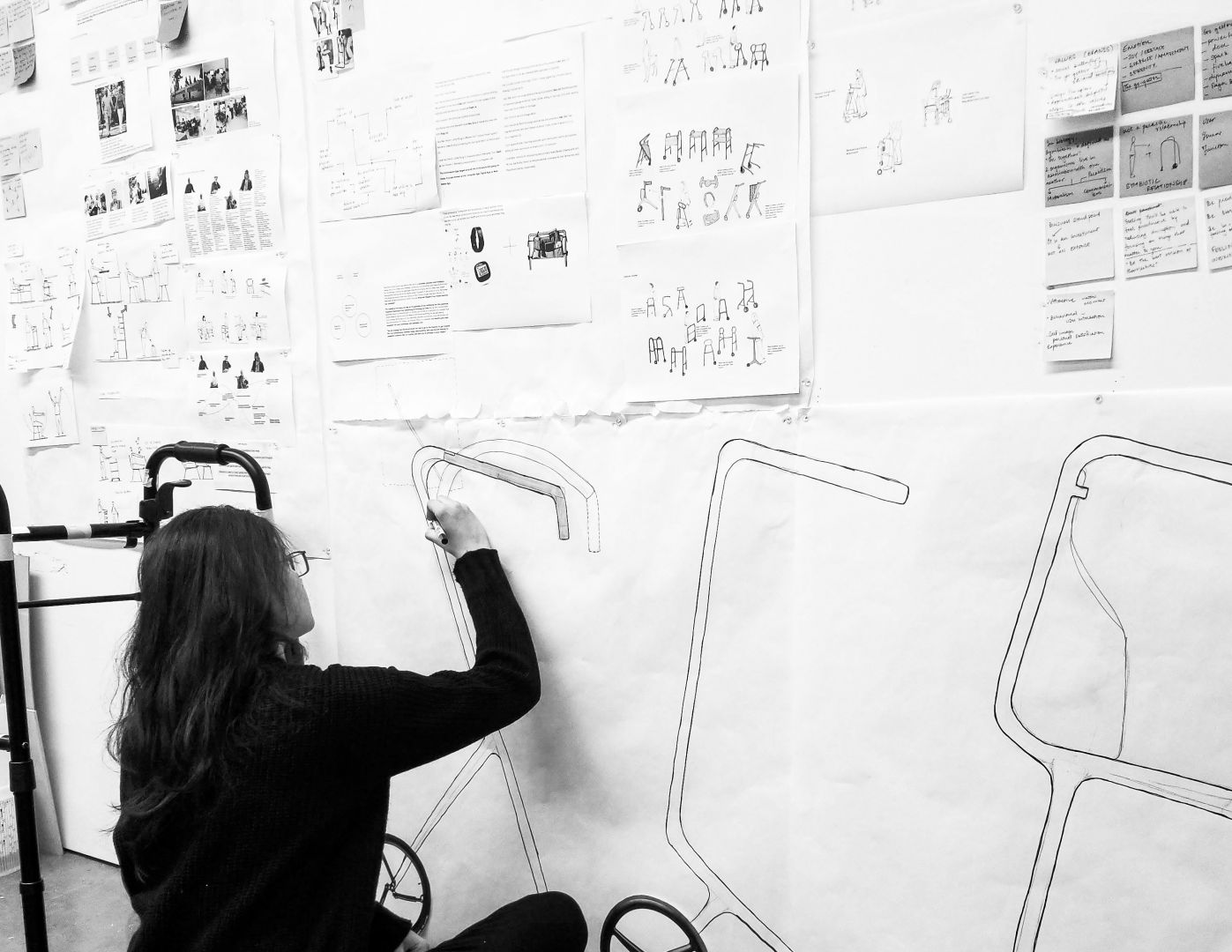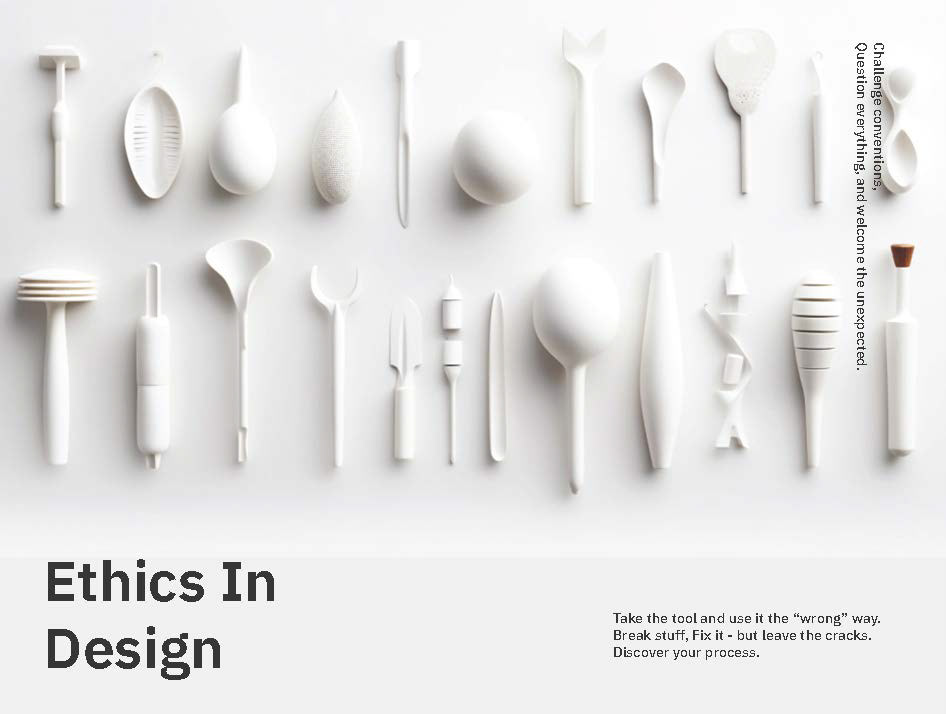Alright – so today we’ve got the honor of introducing you to Shreya Thakkar. We think you’ll enjoy our conversation, we’ve shared it below.
Alright, Shreya thanks for taking the time to share your stories and insights with us today. Learning the craft is often a unique journey from every creative – we’d love to hear about your journey and if knowing what you know now, you would have done anything differently to speed up the learning process.
I didn’t learn design research from a single source. It was more like weaving a tapestry from different threads: my Master’s thesis on aging and healthcare, hands-on roles across home appliances and the automotive industry, and the rich, often messy reality of working with real people. Each experience taught me a different stitch: how to ask better questions, how to spot patterns in behaviors, and how to turn insights into strategy.
Knowing what I know now, I would have sought out more mentors earlier. Watching how experienced researchers approached stakeholder conversations, framed problems, and communicated findings with intentionality and clarity taught me more than any methodology book ever could.
The skills that truly shaped me are systems thinking, mixed-methods research, and behavioral storytelling. Systems thinking helped me see connections others missed, mixed-methods research gave me both the numbers and the stories, and behavioral storytelling turned dry insights into compelling narratives that actually moved teams to action. They helped me navigate uncertainty, especially when designing across physical and digital touchpoints or aligning with cross-functional teams.
Still, there were barriers. Sometimes it felt like rowing against the current: tight timelines, siloed teams, and design norms that didn’t always fit diverse cultural contexts. In earlier roles, I didn’t always have the tools or senior guidance I needed, which made exploration harder.
But each challenge helped me refine my craft. Now I’m more intentional, collaborative, and curious than ever, continuously learning.

Awesome – so before we get into the rest of our questions, can you briefly introduce yourself to our readers.
I’m obsessed with the why behind human behavior—not just what people do, but why they do it and how those insights can create products that truly serve their needs.
I’m Shreya, a Designer, Researcher, and Strategist who works at the intersection of people, products, and possibility. Currently, I’m a Senior Design Researcher at Electrolux Group, where I work on home appliance design as part of a global research team, exploring how cultural contexts influence everything from laundry habits to cooking traditions across continents.
I help design teams uncover the why behind behaviors and decisions, using mixed-methods research, behavioral mapping, and systems thinking. I dive deep into how people interact within their home environments, uncovering insights that shape the future of domestic technology—especially helping teams see overlooked needs and understand how cultural nuance changes the way people engage with technology.
I’m most proud of projects where the outcome wasn’t just a product, but a shift in perspective. Right now, I’m exploring this through Anotherism, a collaborative project with Nidhi Singh Rathore that compares grassroots, frugal innovations to AI-generated solutions, examining how human ingenuity compares to machine intelligence. You can explore our work at anotherism.cargo.site.
What excites me most is navigating the evolving landscape of AI in UX research- learning how to harness its power while maintaining the human-centered principles that make research meaningful and ethical.
What’s a lesson you had to unlearn and what’s the backstory?
I had to unlearn that complexity equals credibility. Early in my career, I thought comprehensive reports and airtight frameworks proved research value.
The backstory? I once led a robust ethnographic study with powerful insights, but buried the key findings in a 60-page deck. The team was overwhelmed, and the research never gained traction and designers got buried in wonderful insights they couldn’t make actionable- despite being solid work.
That taught me that clarity moves people. With today’s short attention spans and limited working memory, I now focus on clear storytelling and co-creating meaning with stakeholders from the start.

Are there any books, videos, essays or other resources that have significantly impacted your management and entrepreneurial thinking and philosophy?
🎧 Podcasts & Newsletters
Design Better Podcast – This has been fantastic for understanding leadership in design and cross-functional collaboration. It shifted how I think about managing creative teams and shaping culture, not just optimizing process.
UX Design Weekly – My go-to for staying connected to emerging ideas in UX. It provides a consistent stream of inspiration and critical thinking that keeps me grounded in what’s thought-provoking rather than just trendy.
Contact Info:
- Website: https://shreyathakkar.com/all
- Linkedin: https://www.linkedin.com/in/shreya-thakkar1510/
- Other: https://anotherism.cargo.site/
Image Credits
Image 1: Shreya at Art Center College of Design during her thesis project understanding assistive mobility technology.
Image 2: Project cover for ethics in design (2022)


